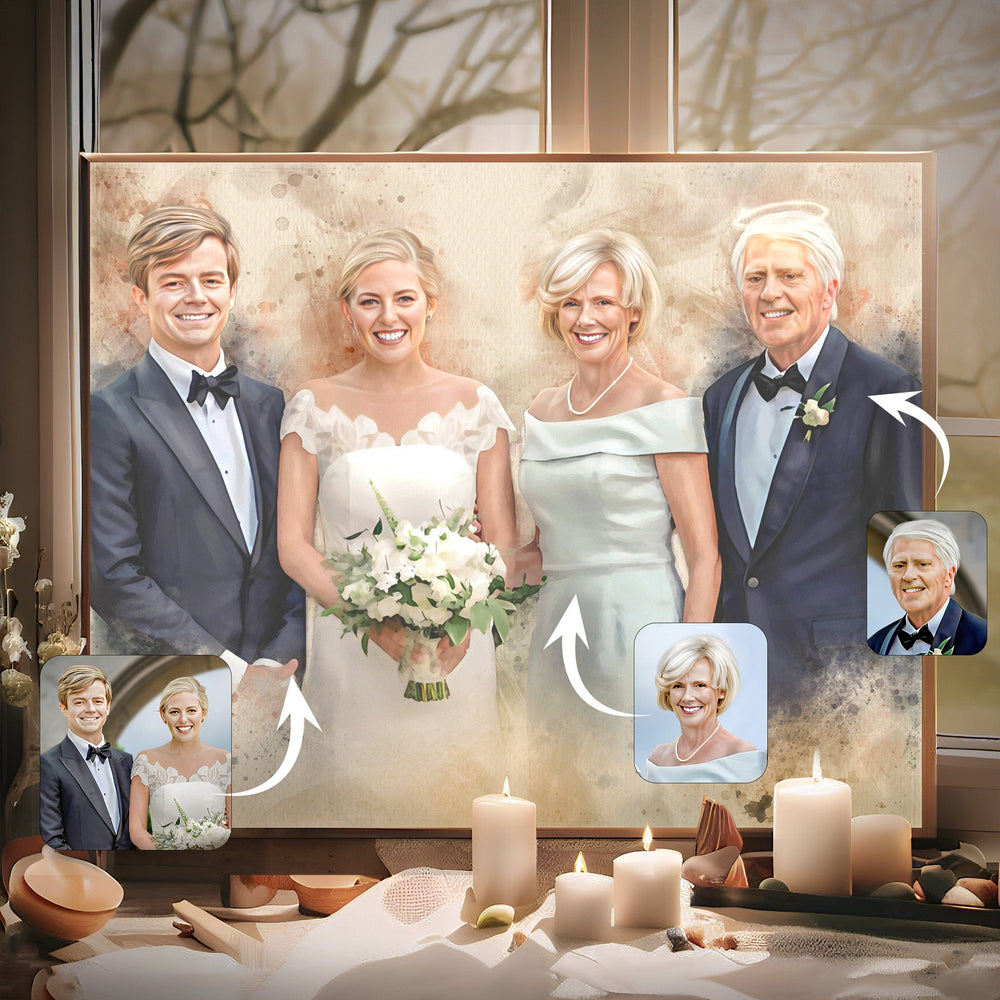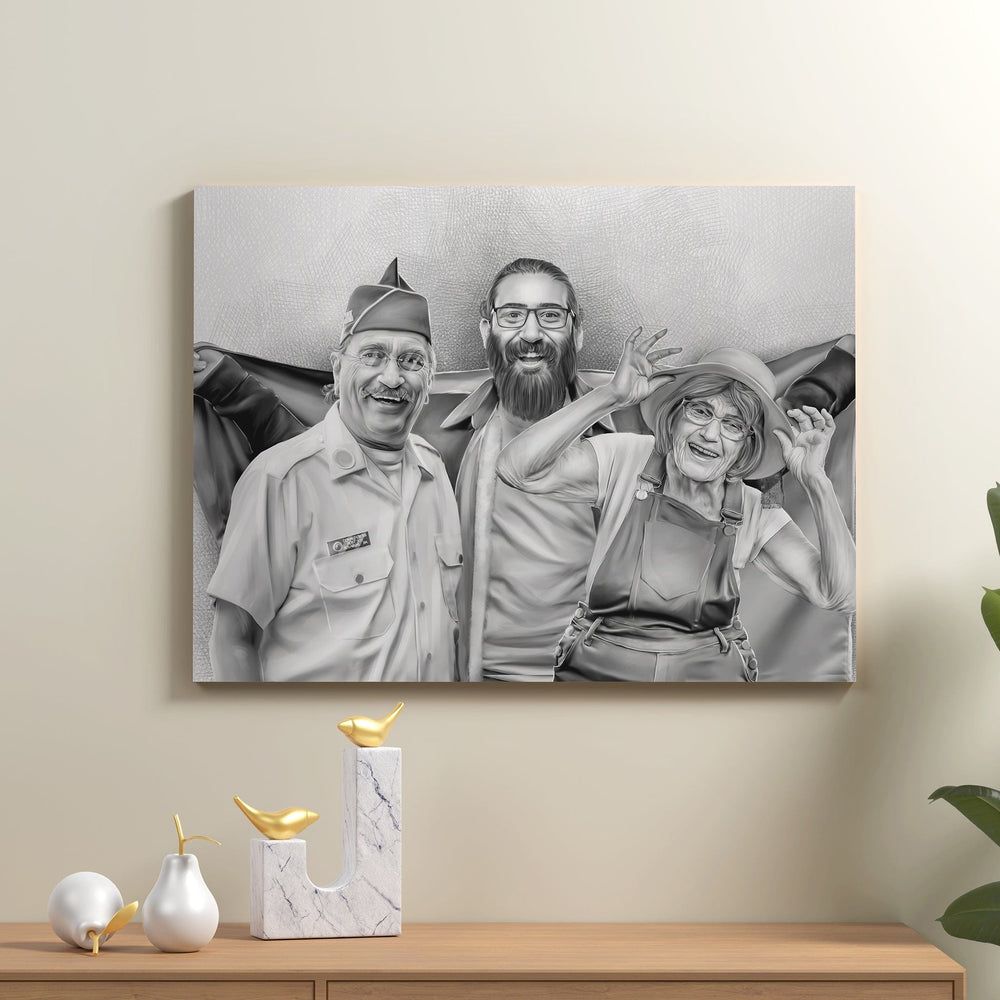An Introduction to Abstract Art and Its Timeless Value (2023)

In the midst of ever-changing reality, artists sought to break free from the confines of traditional representation and delved into the realms of the intangible and the ineffable. The result? A kaleidoscope of colors, shapes, and forms that transcend the boundaries of the tangible world, opening doors to endless interpretations and emotions. As the world embraced secular ideas, artists sought a divine connection to their surroundings and thus began the metamorphosis from figurative to abstract works of art.

Photo by Zaksheuskaya from Pexels
Throughout this article, we will uncover what is abstract art, its evolution, its pioneers, and the profound impact it has had on the art world and beyond.
What is Abstractionism?
Abstractionism is utilized in art, philosophy, and computer science, but its meaning varies. Abstractionism is a visual art form that does not describe visual reality. Instead, abstract artists employ shapes, colors, lines, and forms to express emotions, thoughts, and concepts. Instead of a realistic depiction, the subject's essence is emphasized.
Abstractionism in The Context of Art

As a term in the visual arts, "abstractionism" or abstract style describes a movement away from literal depiction in favor of the use of geometric forms, primary colors, and clean lines to communicate meaning. The focus shifts away from literal accuracy toward a more personal and metaphorical reading of the material.
What is Abstract Art?
Abstract meaning in art, often known as nonobjective art, is any painting, sculpture, or graphic work that makes no attempt to accurately represent any aspect of external reality. To "abstract" is to "extract or remove" something from something else, according to the definition. As a result, abstract art utilizes basic painting components like color, shape, and line and reduces the subject matter to vague, simplified forms.
Origin and Evolution of the Abstract Style Movement
The origin of abstract art trend, also called Abstract Art or Abstraction, is an important art trend that started in the late 1800s and early 1900s. It is different from representational art, which tries to show recognizable things or subjects. Instead, it focuses on how color, shape, line, and texture can be used to show feelings, ideas, and concepts. Several important events in the late 1800s can be seen as the start of the Abstract Style Movement.
The Birth of Abstraction
The late 19th and early 20th centuries saw the rise of abstract style. This movement moved away from representation and toward abstract art. Before abstraction, art concentrated on realistic portrayals of the observable world. By the late 19th century, artists challenged traditional traditions and explored new ways of depicting reality. This transition was caused by cultural, societal, and technical advances, as well as psychology and perception research.
Pioneer of the Abstract Art Form
Wassily Kandinsky, a Russian painter and art thinker, is often seen as the first person to make abstract art. Kandinsky is thought to be one of the first artists to make truly abstract works. In these works, he stopped trying to show recognizable things and instead focused on showing feelings, ideas, and spirituality through shapes and colors that didn't look like anything. His groundbreaking work at the beginning of the 20th century set the stage for abstract art to grow into a distinct and influential art style.
Key Characteristics of What Makes An Art Abstract

Non-Representational
The goal of abstract art is not to precisely represent how things, people, or scenes actually seem. Instead of emphasizing realistic portrayal, it stresses the artist's opinion and emotion.
Simplified Forms
Abstraction in art frequently involves the simplification or distortion of form, with the goal of reducing objects to their fundamental lines or shapes. These forms may have a geometrical basis, an organic basis, or a combination of the two.
Emphasis on Color and Texture
Color is a powerful technique in abstract painting, with artists employing it to establish visual harmony or contrast, create atmosphere, and trigger emotions. Texture may add depth and intrigue to artwork by being both visual and tactile.
Expression and Emotion
Abstract art is a means of conveying feelings, thoughts, or concepts that aren't easily expressed through figurative art. The goal of abstract art is to convey meaning and elicit a wide range of emotions from the viewer.
Bottomline - Is Abstract Art Really an Art?
Art, in its essence, is a means of human expression and communication, and abstract art achieves this in unique and innovative ways. Through the use of shapes, colors, lines, and forms, abstract artists convey emotions, ideas, and experiences that go beyond the confines of the tangible world. It allows for a deeper exploration of the artist's thoughts and feelings, inviting viewers to interpret and connect with the artwork on a more personal and emotional level.
What Makes an Abstract Art Valuable
Abstract art, like all art, is subjective and influenced by many things. Abstract art's value depends on numerous factors. The artist's reputation, career, and renown affect the worth of their work. Abstract work that pioneers new methods or greatly impacts later artists and movements is more valuable.
Unlock the Extraordinary with Memorialize Art

Order Your Custom Vector Art Here
Ditch the ordinary and embrace the extraordinary with our personalized artworks that go beyond what meets the eye. Our artists possess a unique gift for capturing the essence of your special moments, transforming them into captivating masterpieces that will evoke powerful emotions and cherished memories for years to come.
By choosing Memorialize Art, you're not just getting a portrait – you're getting an artistic journey that delves into the core of your emotions, relationships, and experiences. Our artists pour their heart and soul into each stroke, ensuring that every detail reflects the love and significance behind your chosen subjects. Through their exceptional talent and dedication, they bring life to your memories and transform them into everlasting symbols of love, joy, and remembrance.
Visit our website today and discover the endless possibilities of customized art. Give more than just a portrait – give a timeless treasure of emotions and love. Embrace the beauty of Memorialize Art, where memories blend with the abstract, and art becomes a transcendent celebration of life's most precious moments.










